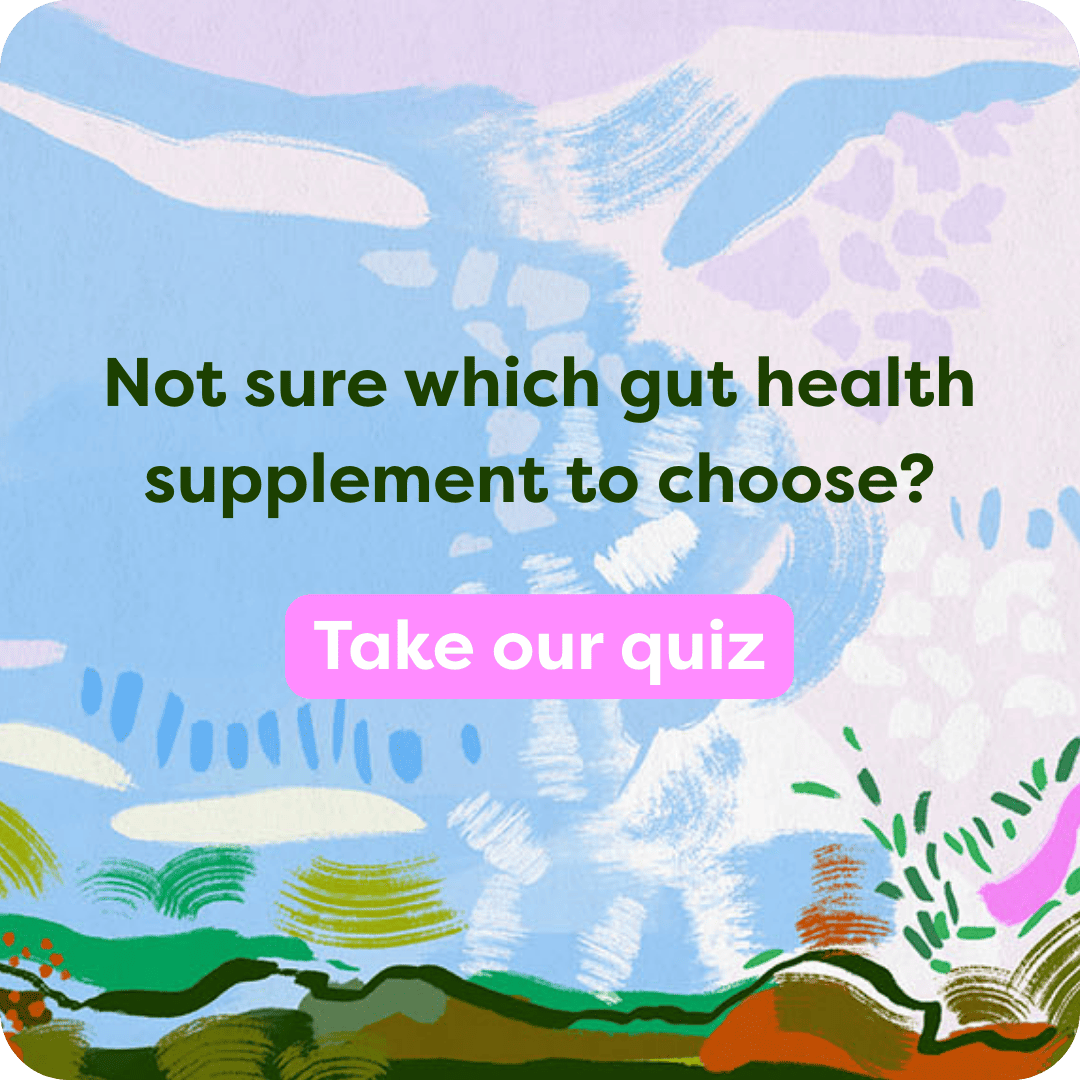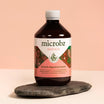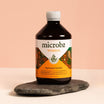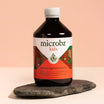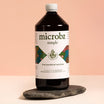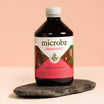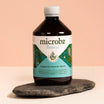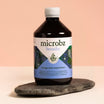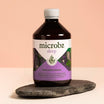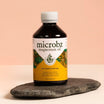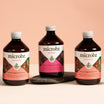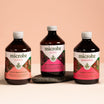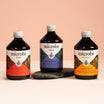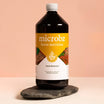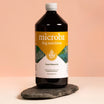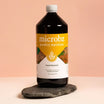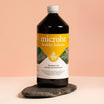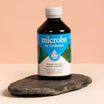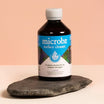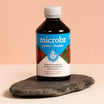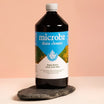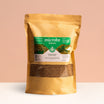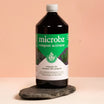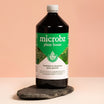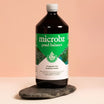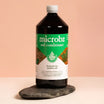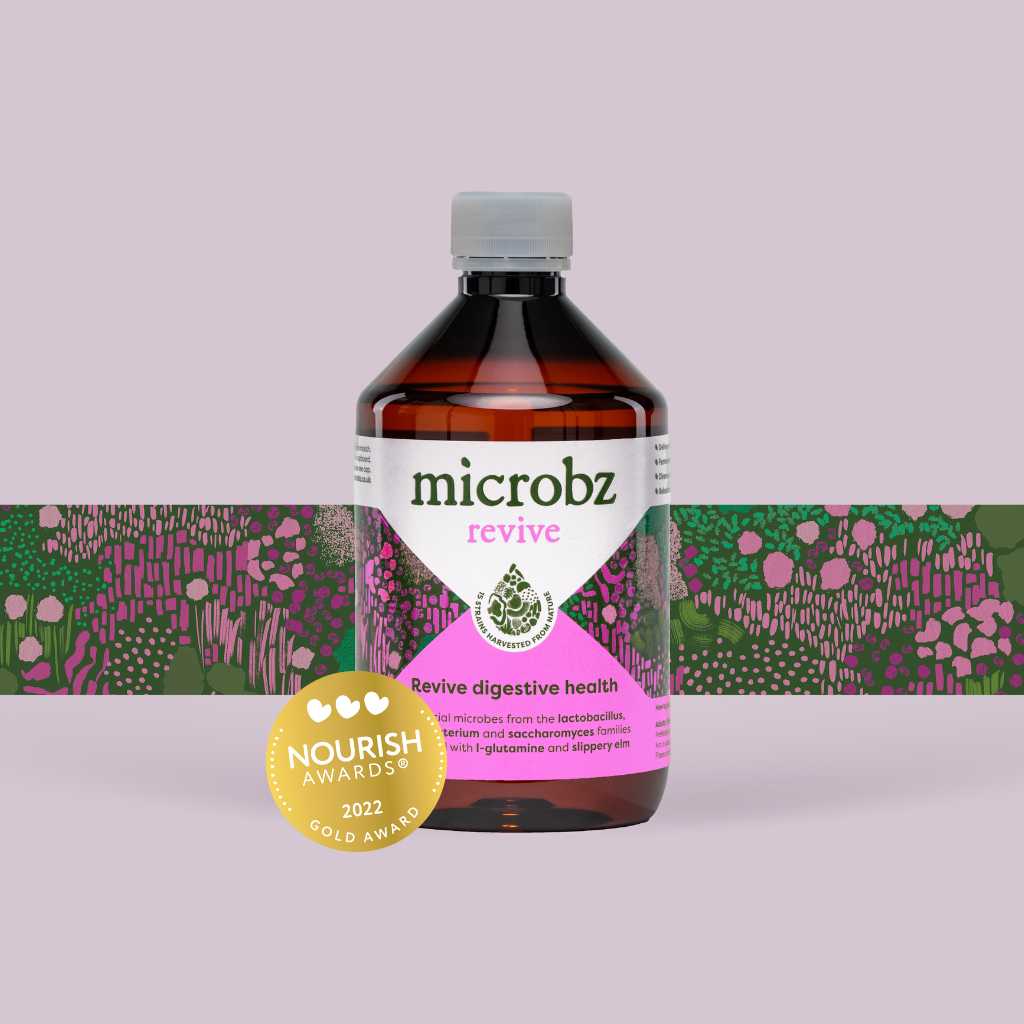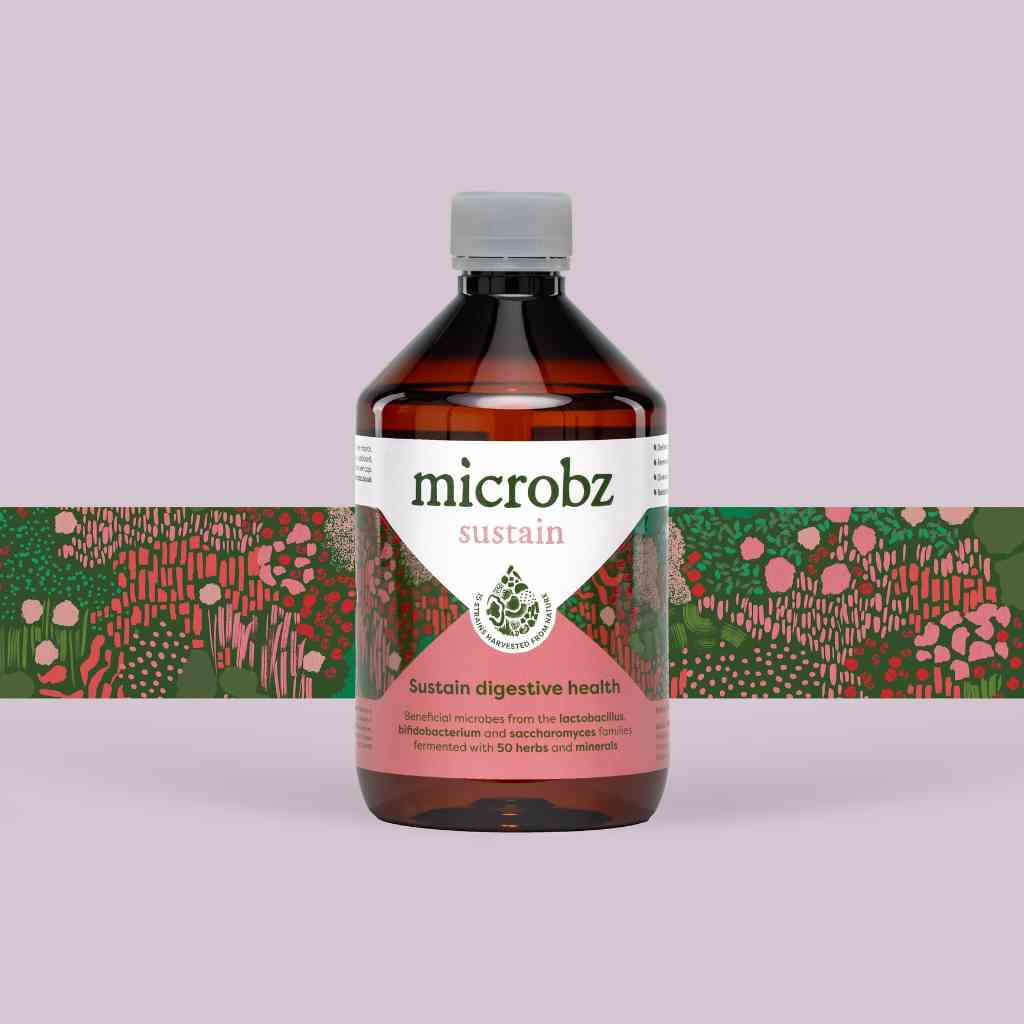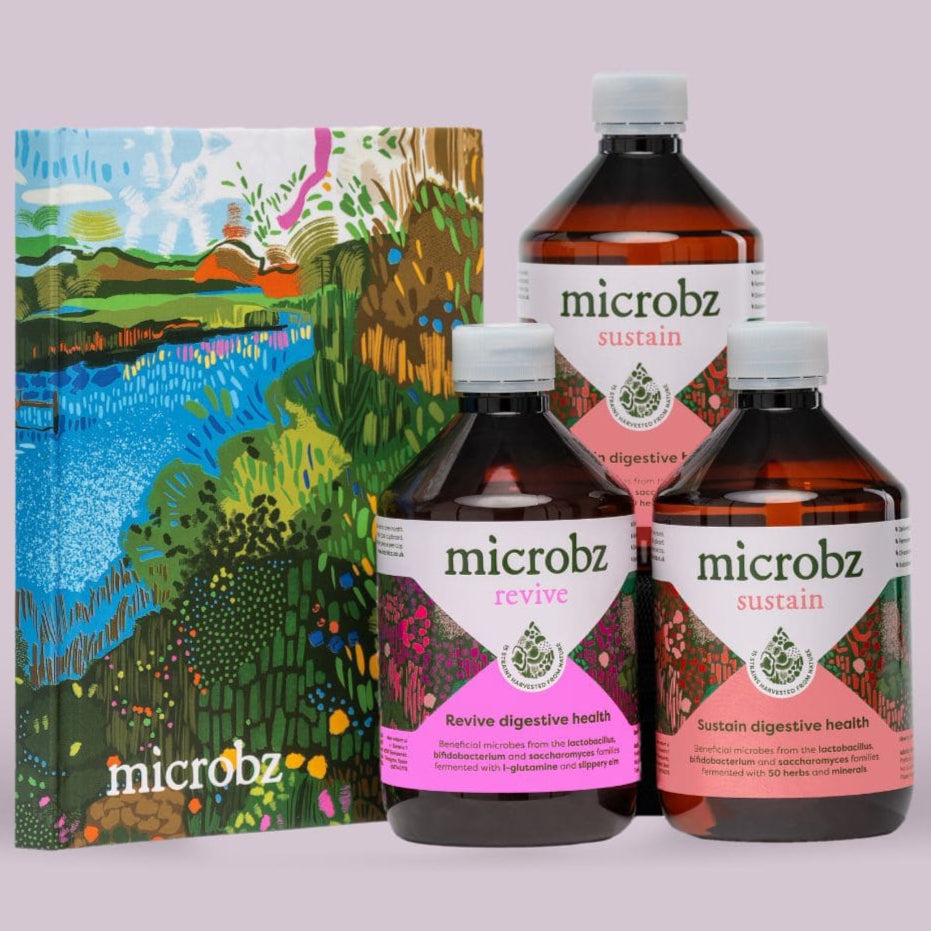Korean ginseng
Panax ginseng

Family: Araliaceae
Which probiotic is it in?: Korean ginseng is a key herb in Women
Habit and cultivation: Indigenous to the mountainous regions of Eastern Asia, cultivated in China, Korea and Japan. Grows in deep woodland or semi light, preferring a moist soil.
Actions (known for): Adaptogen, anti-arrhythmic, cardioprotective, circulatory stimulant, hepatoprotective, hepatotonic, hypoglycaemic, immunostimulant, male tonic and thymoeptic tonic.
History of Korean ginseng
Parts used from the Korean ginseng
Root.
Constituents (bio available chemicals):
Ginsenosides (at least 13 have been isolated Ra, Rb, Rg-1, Rg-2 etc). Glycans. Volatile oils containing b-elemene and two acetylenic compounds.
Nutritional constituents:
Indications:
Alcoholism, arrhythmia, asthma, cancer, depression, drug abuse, impotence, improving resistance to infection, chronic inflammation, myocardial infarction, low sperm count and a tonic for the elderly.
Dosage:
Liquid extract: 7-14ml per week.
British Herbal Pharmacopoeia
Depressive states associated with sexual inadequacy.
Cautions for therapeutic doses
May aggravate insomnia, acute asthma, and acute infections. Contra-indicated for hypertension, hypokalaemia, oedema.

